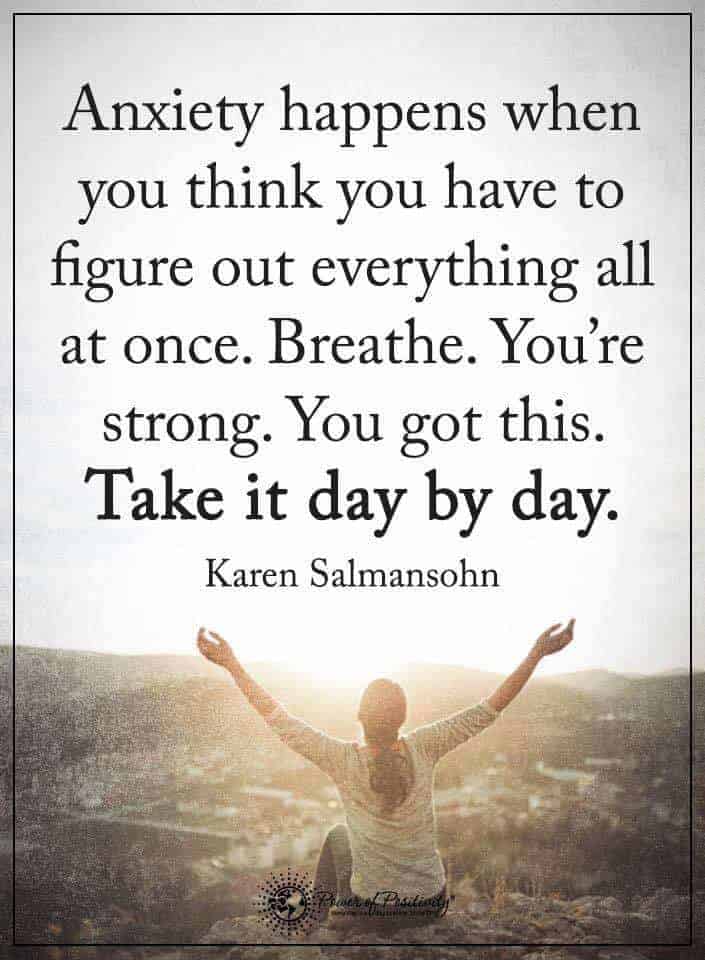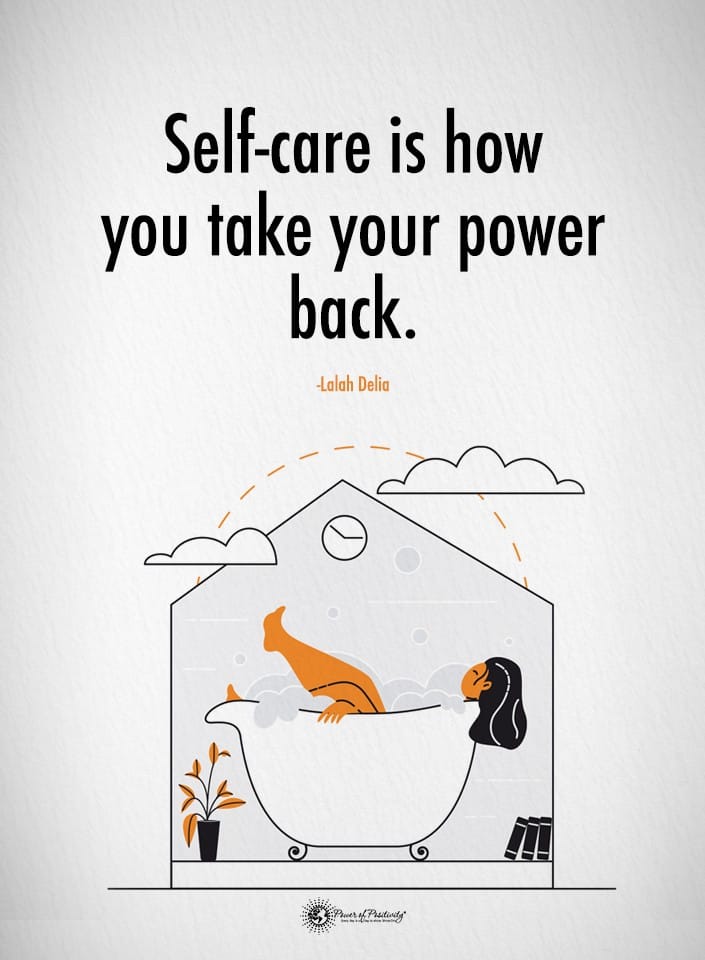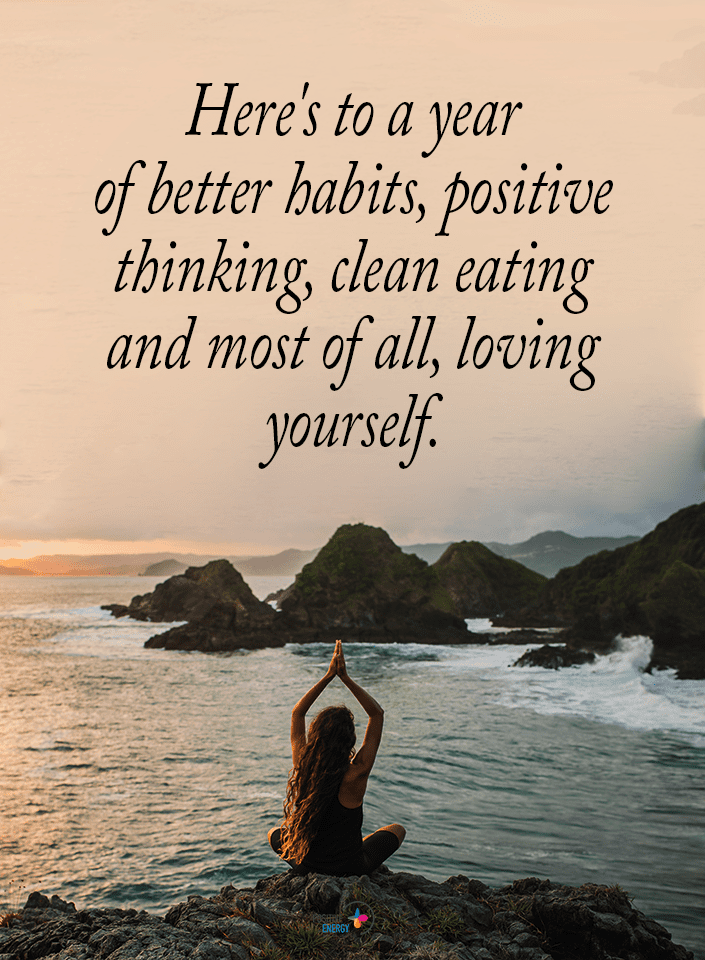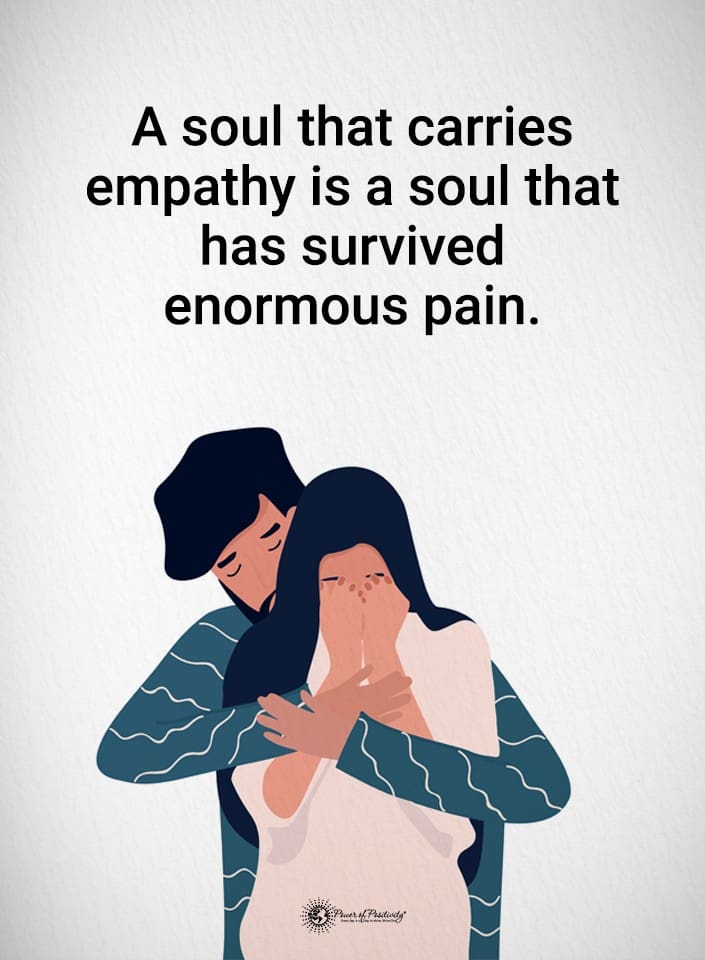Detoxing from alcohol marks the crucial initial step toward overcoming alcohol dependency. It also means embarking on a journey towards a healthier, sober life. Detox is a process that allows the body to eliminate alcohol and its harmful effects, facilitating the restoration of physical and mental well-being.
However, detoxing from alcohol is not without its challenges and complexities. Detoxing from alcohol can be a demanding endeavor, both physically and emotionally. The effects of long-term alcohol abuse can deeply impact various bodily systems, making the withdrawal process uncomfortable and potentially dangerous.
It is imperative to approach detoxification cautiously, seeking professional guidance and arming oneself with the knowledge to navigate inevitable hurdles. There are several key factors to remember to safely and effectively detox from alcohol. By understanding these factors, individuals can enhance their chances of completing detox and establishing a solid foundation for long-term sobriety.
Throughout this article, we’ll discuss the significance of alcohol detoxification and things to know when detoxing from alcohol. We will discuss its challenges and the crucial aspects to consider when embarking on this transformative journey. By exploring these topics, we aim to equip readers with the insights necessary to undertake detoxification with confidence and resilience.
Medical Supervision is Crucial While Detoxing from Alcohol
Alcohol withdrawal can have serious health consequences. When individuals with alcohol dependence abruptly stop consuming alcohol, their bodies undergo withdrawal symptoms. These symptoms can cause mild discomfort to severe complications, including seizures, delirium tremens, and even life-threatening conditions.
Medical supervision during alcohol detox is vital to ensure the individual’s safety and manage potential health risks. A healthcare professional can monitor and manage withdrawal symptoms. During alcohol detox, a healthcare professional experienced in addiction medicine can closely monitor the individual’s physical and psychological well-being.

They can assess the severity of withdrawal symptoms, provide appropriate medical interventions if necessary, and adjust the treatment plan accordingly. This professional guidance significantly reduces the risk of complications and enhances the overall safety of the detoxification process.
1. Personalized Treatment Plans
Each detoxification journey is unique, and a healthcare professional can tailor a treatment plan specific to their needs. The duration and intensity of alcohol abuse, medical history, and mental health conditions are considered for a personalized approach. Medical supervision ensures the detox process is customized, considering the individual’s overall health and well-being.
2. Preventing and Managing Complications
Alcohol withdrawal can lead to complications that require immediate medical attention. With medical supervision, any potential complications can be identified and addressed promptly. Healthcare professionals can intervene to prevent the escalation of symptoms and provide appropriate medical care, ensuring the individual’s safety throughout detoxification.
3. Emotional Support and Counseling
Detoxing from alcohol is not only a physical journey but also an emotional and psychological one. Medical supervision encompasses physical health monitoring, emotional support, and counseling. Healthcare professionals can offer guidance, encouragement, and therapy referrals to help individuals address the underlying issues contributing to their alcohol dependence. This guidance also aims to help them develop healthier coping mechanisms.
Understanding Withdrawal Symptoms During Detoxing From Alcohol
Withdrawal symptoms can be mild or severe. When individuals with alcohol dependence stop drinking or significantly reduce their alcohol intake, they may experience various withdrawal symptoms. These symptoms will depend on the amount and duration of alcohol consumption.
Common withdrawal symptoms include anxiety, insomnia, nausea, sweating, tremors, irritability, headache, and increased heart rate. Being aware of what to anticipate can prepare you for the detox process. Understanding the potential withdrawal symptoms can help individuals mentally and emotionally prepare for detox.
It can alleviate anxiety and uncertainty, empowering them to face the challenges more confidently. When detoxing from alcohol, it is essential to have medical supervision to monitor and manage withdrawal symptoms.
1. Symptom Management Techniques
In addition to medical interventions, there are various techniques individuals can employ to manage withdrawal symptoms during detox. These may include practicing deep breathing exercises, practicing relaxation techniques such as meditation or yoga, maintaining a healthy diet and staying hydrated, regular exercise, and seeking emotional support from loved ones or support groups.
2. Timeframe of Withdrawal Symptoms
Withdrawal symptoms typically start within hours to a few days after the last drink and may peak within the first 24 to 72 hours. The duration and intensity of symptoms can vary among individuals. Most physical withdrawal symptoms tend to subside within a week or two, while psychological symptoms, such as cravings and mood disturbances, may persist longer.
3. Potential Complications
Severe alcohol withdrawal, known as delirium tremens (DT), requires immediate medical attention because it’s a rare but serious condition. DT can involve hallucinations, confusion, seizures, high blood pressure, rapid heart rate, and fever. Medical supervision is crucial to identify and manage such complications promptly.
Hydration and Nutrition While Detoxing From Alcohol
Proper hydration and nutrition support detoxification and promote overall health during alcohol detox. Detoxing from alcohol can dehydrate and put stress on the body, making it essential to prioritize hydration and maintain a balanced diet to support recovery.

1. Hydration is Crucial When Detoxing From Alcohol
Alcohol is a diuretic that increases urine production and can lead to dehydration. During detox, it is essential to replenish fluids to counteract the dehydration caused by alcohol withdrawal. Staying hydrated supports the body’s natural detoxification processes, helps flush out toxins, and promotes optimal organ function.
Water should be the primary source of hydration during alcohol detox. Aim to drink adequate water throughout the day, considering that individual hydration needs may vary. Sipping water regularly can help alleviate symptoms such as headaches, dry mouth, and fatigue while promoting overall well-being.
While staying hydrated is essential, limiting the consumption of caffeinated beverages like coffee and energy drinks during detox is advisable. Caffeine can contribute to dehydration and may exacerbate anxiety or disrupt sleep patterns, which can already be affected during alcohol withdrawal.
2. Focus on a Balanced Diet Throughout Detox
Nutrition is crucial in supporting the body’s healing and recovery during detox. A balanced diet provides essential nutrients, vitamins, and minerals to repair damaged tissues, boost the immune system, and restore overall health. Eat fruits, veggies, whole grains, lean proteins, and healthy fats.
These nutrient-dense foods provide essential vitamins, minerals, and antioxidants that aid detoxification, reduce inflammation, and support optimal bodily functions. Alcohol dependence can deplete the body of essential vitamins and minerals. Consider incorporating foods rich in B vitamins, magnesium, zinc, and folate during detox.
These nutrients support the nervous system, aid in energy production, promote mental well-being, and restore cellular health. Processed foods and those high in added sugars can exacerbate inflammation, disrupt blood sugar levels, and hinder detoxification. Limiting processed and sugary foods supports overall health and helps stabilize energy levels during detox.
3. Seek Professional Guidance
Speaking with a healthcare expert or a registered dietitian experienced in addiction medicine is highly recommended during alcohol detox. They have the expertise to assess your specific nutritional needs and address any deficiencies that may arise. Thus, they can help develop a personalized diet plan supporting detoxification and recovery.
Moreover, healthcare professionals and registered dietitians can provide ongoing support and monitor your progress throughout the detoxification process. They can help you adjust your diet plan based on your changing needs, ensuring that you are receiving optimal nutrition.
Mental and Emotional Support While Detoxing From Alcohol and Overcoming Alcohol Abuse
Overcoming alcohol abuse and undergoing alcohol detox is not just a physical process. It also entails significant mental and emotional challenges. Alcohol detoxification can bring about various emotional challenges, such as anxiety, depression, irritability, mood swings, and intense cravings.
These emotions may arise as the body adjusts to the absence of alcohol. They can also be triggered when facing the underlying issues contributing to alcohol abuse. Emotional support and mental health care are essential in navigating these challenges.
1. Support From Loved Ones
A robust support system of understanding and caring loved ones can make a significant difference during alcohol detox. Friends, family, or support groups can provide encouragement, empathy, and a safe space for individuals to express their emotions and fears. Their presence can help alleviate feelings of isolation and provide motivation to stay committed to the recovery journey.
2. Self-care and Stress Management
Incorporating self-care practices and stress management techniques can significantly support mental and emotional well-being during alcohol detox. Engaging in exercise, mindfulness meditation, journaling, and hobbies can provide individuals with healthy outlets. These techniques can manage symptoms like stress, anxiety, and emotional expression.
3. Professional Mental Health Care Is Key While Detoxing From Alcohol
Seeking support from mental health professionals, such as therapists or counselors specializing in addiction, can be highly beneficial during alcohol detox. These professionals are trained to address the emotional and psychological aspects of addiction.
Thus, they can provide guidance, coping strategies, and therapy to help individuals navigate their emotions and develop healthier coping mechanisms. Engaging in therapy or counseling sessions can be instrumental in addressing the root causes of alcohol abuse. Recovering from alcohol abuse is a continuous process that requires consistent support.
Support groups like Alcoholics Anonymous (AA) or other recovery-oriented communities can provide ongoing emotional support, camaraderie, and accountability. These groups offer a safe and understanding environment where people can share their stories, learn from others, and maintain sobriety.
Final Thoughts on Staying Safe While Detoxing from Alcohol
When embarking on the journey of alcohol detox, it is crucial to prioritize your safety and well-being when managing alcohol withdrawal symptoms. Medical supervision and understanding withdrawal symptoms are vital aspects of this journey.
But the medical support should not be limited to physical care. Emotional and mental health care is just as, if not more, important. Also, you should try to take care of your diet and stay hydrated. Remember, seeking professional help and support during alcohol detox is not a sign of weakness but a wise and courageous decision.
Don’t ignore the importance of mental health support during alcohol detox. By prioritizing your safety and well-being, you set yourself on the path to successful detoxification and long-term recovery. Embrace the journey with determination, reach out for help when needed, and celebrate each step toward a healthier, alcohol-free life.


















